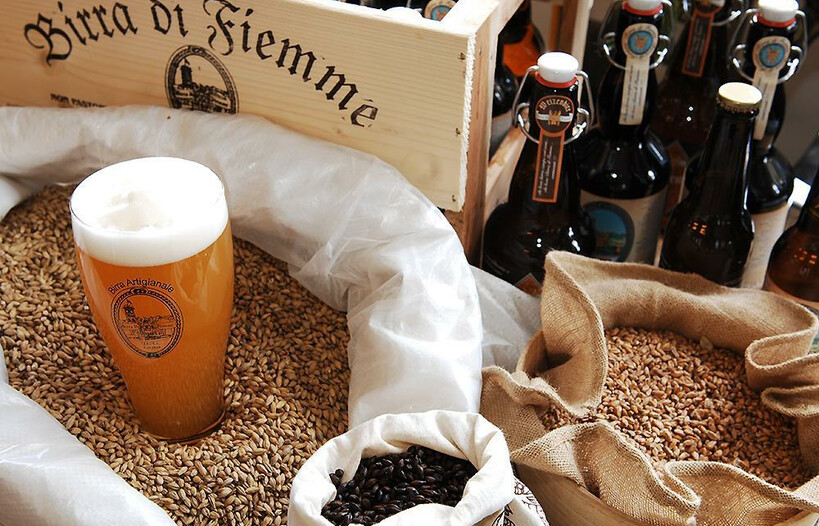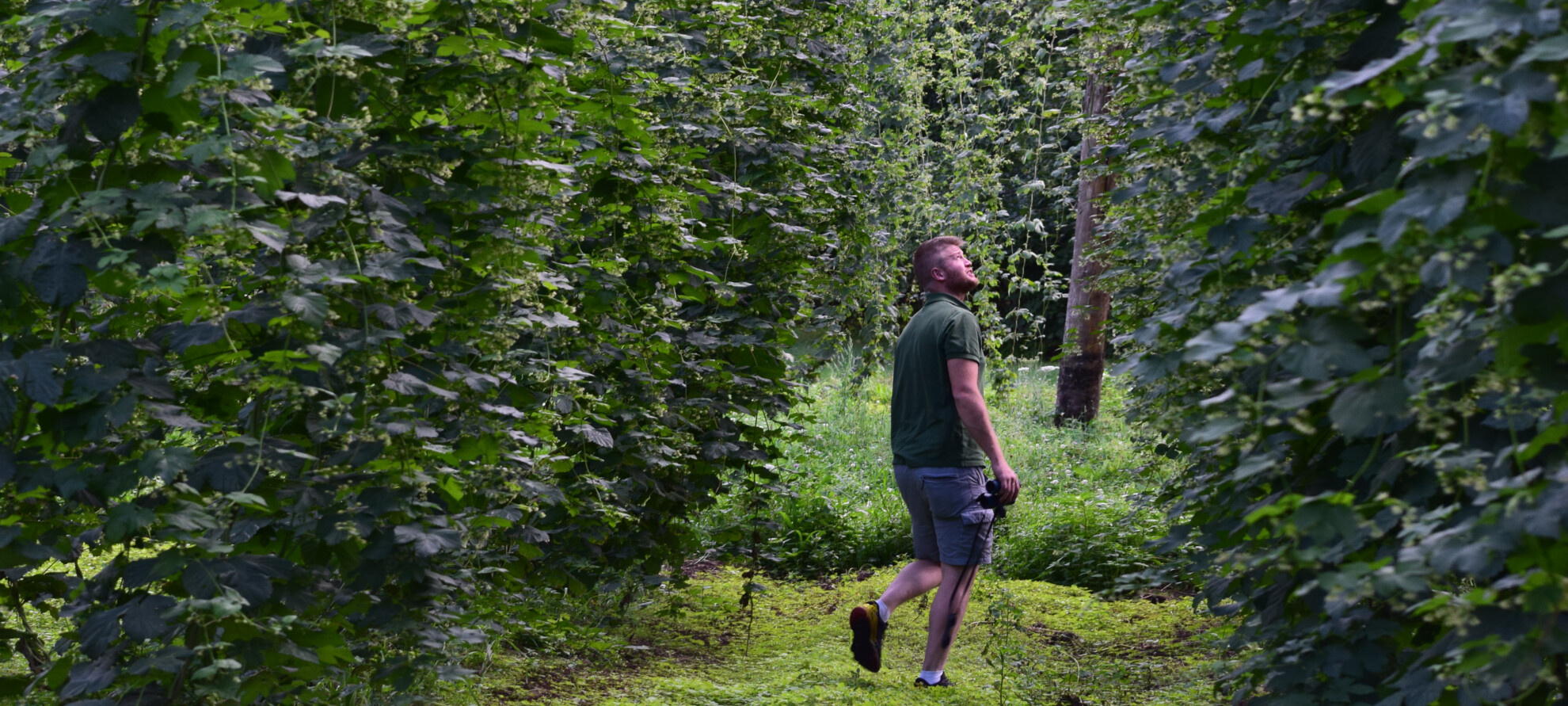The craft beer of Fiemme
Slow tasting and the history behind the beer
As we well know, taste is made up of memories, of the stories of the people in those memories, and the people who will be part of new memories in the future.
Shall we have a beer? Which one?
“I’m going to let you taste a rather special beer now. It’s called Gose – that’s the name of a river near Leipzig in Germany. The recipe is from 500 years ago. As the water level of the river goes down, it flows into aquifers and passes into salt pits. To counteract the salty taste of the water, the locals added a lactic acid bacteria. To reproduce this, we use the Trentingrana lactic ferment. At the first sip, you don’t make any remark. When you take the second sip you ask, ‘did you add some lemon’? But no, it’s just that the pH is lower. On the third sip, I tell you why, and you appreciate its full flavour. My son wanted to serve it and it came as a shock to just about all of my customers, but once you explain it, it suddenly becomes a very fresh, light beer that cleanses, perfect for barbecues or as an aperitif.”
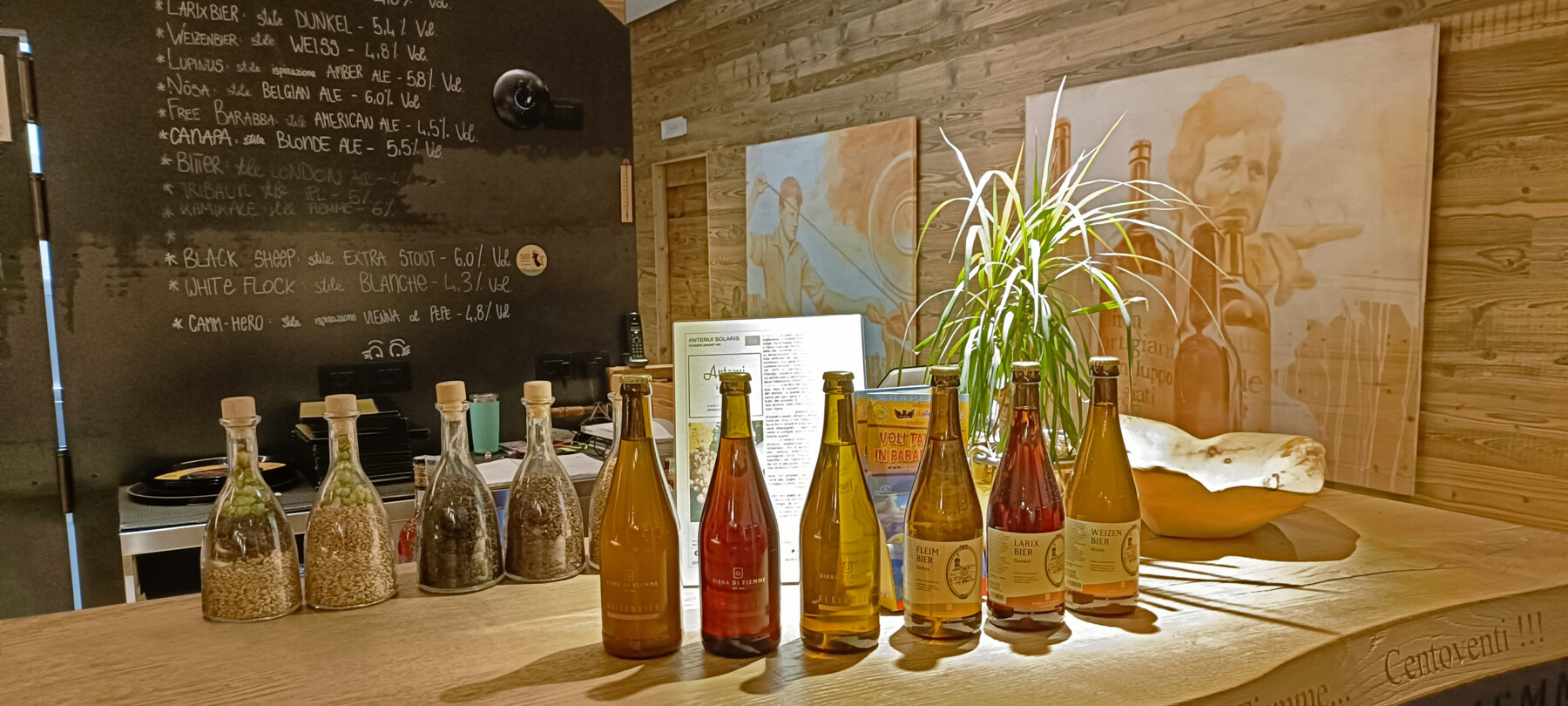
Family
Stefano Gilmozzi is the owner of the first craft brewery to be established in Trentino in the modern era.
Birra di Fiemme was created in 1999, and since 2019 it has a new home which is no less than the realisation of a dream. This dream was pursued and accomplished together with his wife Luisa and children Michele, brewer, Stefania, biersomellier, and Francesca, the agronomist who takes care of all the regulations.
The Gilmozzi family now produces 11 different beer labels. They personally devote their time to up to three tasting experiences per week for guests, always looking to give back to the local area what the local area has given to them, by telling the story from within. The tours begin in the barley and hop fields, which were planted in 2010 around the dwarf sheep, donkey and horse. Then guests move to the vegetable gardens, the buildings for the equipment needed to maintain 4,500 square metres of land, before seeing the core production processes through to bottling. Have you ever tasted malt? Or seen the barley waste, some which is given to farmers as lactation-stimulating food, and some which becomes compost? Because here, the fields do not receive any chemical additives. Finally, there is the tasting, all gathered around wooden tables, surrounded by the Dolomites, as Stefano tells stories of beer, the local area, life and community. After all, when it comes to beer and his neck of the woods, he knows them through and through.
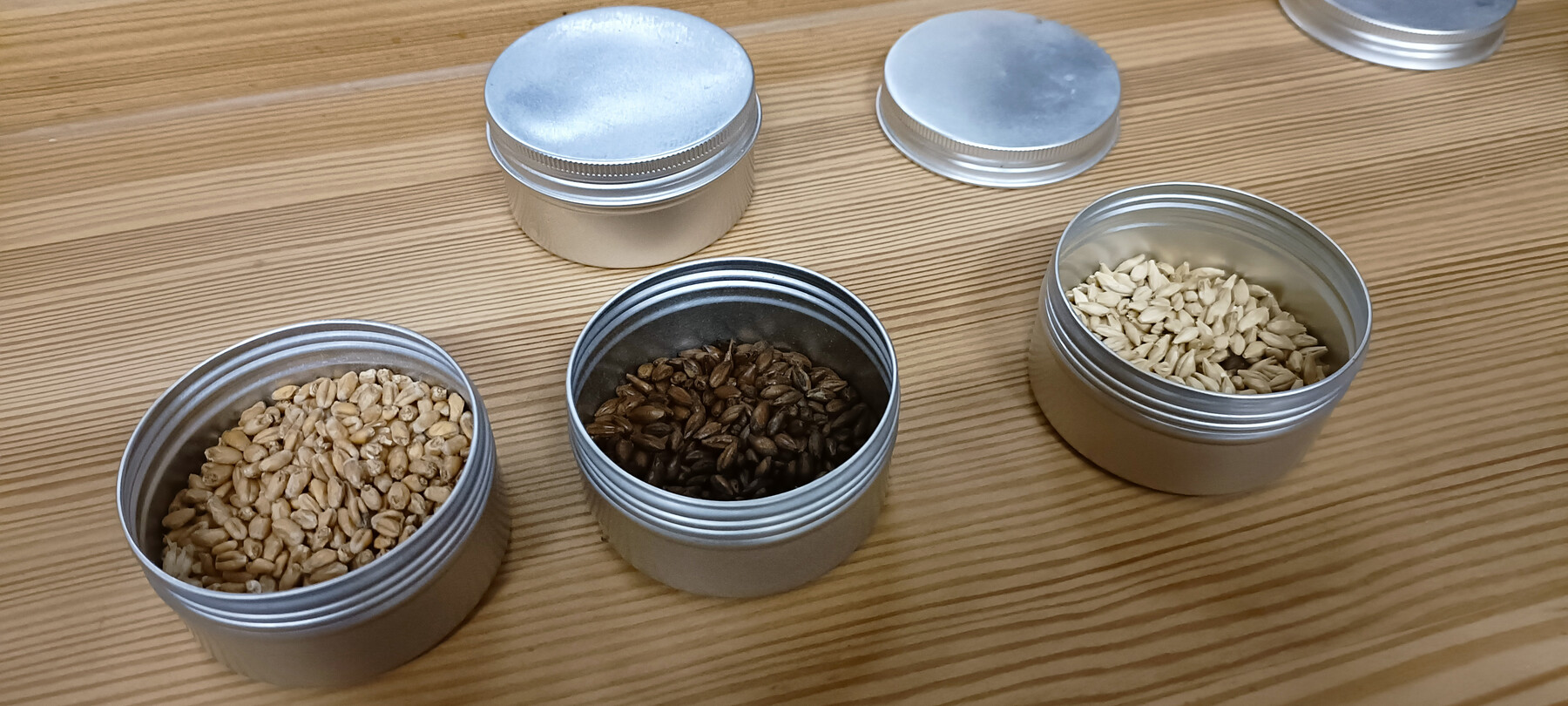
Tradition
“50% of the beer end product is about the brewer, how he works with temperatures or how he chooses the blends of barley and hops, from peppery to aromatic, from herbaceous to musky, citrusy grapefruit, lemon or floral. We cultivate four varieties. There are two major hop families, one more bitter with many variations, and one with less resin and richer in oil.”
The use of temperatures to extract the sugars from the malt and then the hops themselves is something learned through years and years of experience. For example, here we learned to store the beer in horizontal barrels for natural cooling, so that the yeasts are not subjected to temperature shocks. This gives the beer such a fine perlage that it only bursts once it’s in your mouth. “I look for stability with long maturations. My beer matures for 45 to 60 days, not just one.”
Beer is a true Alpine tradition, and a Trentino tradition too. Farmers used to produce it once a year for themselves with a low alcohol content, around 3%, and then there was a festive variant that went up to 6%, but this was a luxury. “I come from a family of hoteliers. I ran the pizza bar for 25 years and that’s when I started brewing beer. I had the idea of making it because I wanted to serve a product of our own, something we made here, and then I was interested in old photographs and found out that there was a beer store in Predazzo itself.”
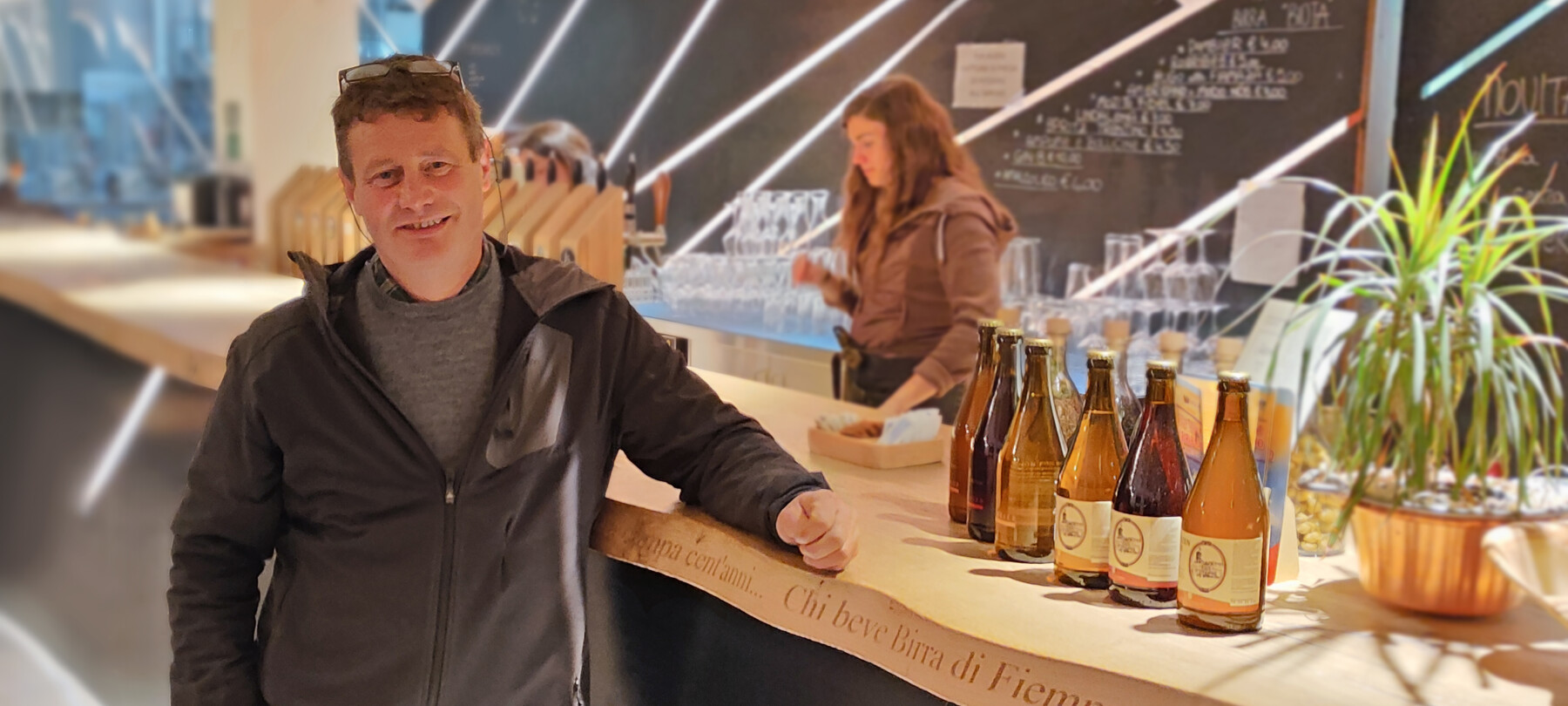
Culture
The first beers Stefano brewed were a pale beer and a weizen, then he added a red one, which he called Larix, because it reminded him of his house, the Excelsior, a 16th century structure made entirely of larch, which has a red colour when cut through the middle.
At the beginning of the 20th century there were already two breweries in the area: the Bernardi family brewery, founded at the end of the 18th century and closed in 1935, then bought by Forst, and the brewery of the Cirillo Rizzoli family of Cavalese, which closed in 1919 after the war. In 1986, before the Birrificio di Fiemme, a brewery had actually been established near Riva del Garda, but it was too far ahead of its time for the public and did not survive.
“I worked for free so that I could learn, as my son did, and I paid for many consultations from master brewers. Now I’m being asked for consultations myself – this means a lot to me, and it means I continue to study.”
In Germany, it takes six years of study to become a master brewer – four years of school and two years of apprenticeship. It is not a profession that can be made up as you go along. The master brewer has a lot of knowledge, but the one with the most knowledge of all is the brewer who experiences the brewing at every stage.
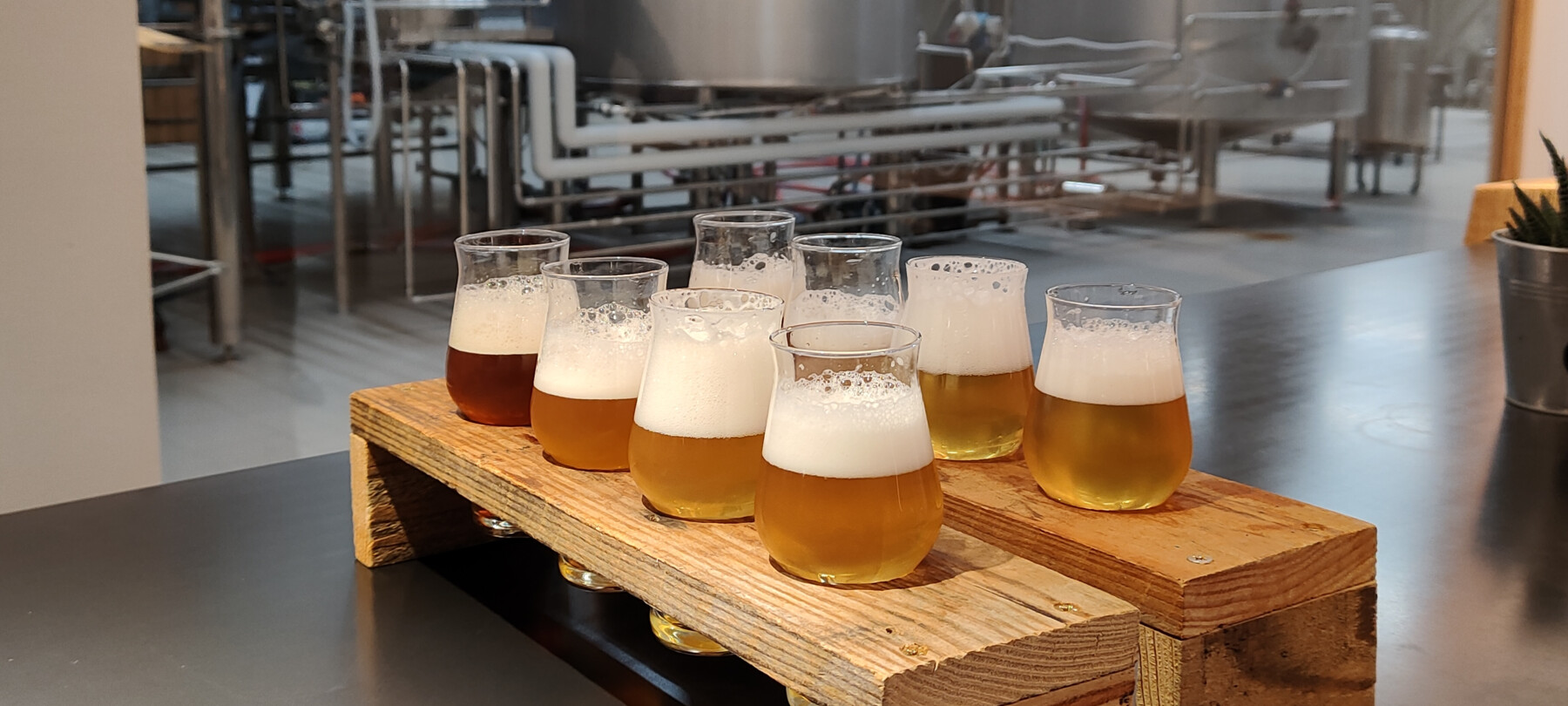
Respect
The house of Birra di Fiemme was designed to be a home of the land, built with much effort and sacrifice, and absolute devotion to the ideal. The windows are made of stone pine, the cladding outside is all local larch.
Inside, on the walls, we find the name of each of the local artisans who contributed to its creation, the history of the origins of Birra di Fiemme and, behind the counter, a plate depicting the Lagorai peaks.
The food options are only local products: the cheeses, cured meats and salamis all come from carefully chosen dairies, butchers and farms. Even the coffee is produced in Cavalese. If you’re looking for Coca-Cola, you won’t find it here. There are just some select fruit juices.
“I drink the pale beer – the traditional one. It’s the easiest to drink and the hardest to make. Our pure, clear water helps us,” says Stefano as he guides the tastings.
Then comes the Free Barabba, a top-fermented beer with bitter, citrusy lime hops. It’s a beer that only shows its tiny bubbles when shaken. Where does its name come from? In front of a Trento bar that had ordered it from him, a little dog ran between Stefano’s legs. The owner, who had lost it, called out ‘Barabba!’, right at the moment he was looking for a name for his new beer.
Then there was Nòsa, “ours” in the local dialect, evoking the traditional beer festival that used to be held at the old Bernardi brewery in Predazzo. A bitter, herbaceous and citrusy golden ale brewed from the hops that grew along the Avisio river. Stefano recreated it through the Bernardi family’s own memories and stories. It is a beer that smells so pleasant, intense and elegant that it would give a fine perfume a run for its money.
Next, we have Lupinus, made from the lupin plant of Anterivo di Fiemme, a brown, bitter lupin, used to make coffee and chocolate throughout the Alps. In 2021, the beer received the Chiocciola Slow Beer award, as the lupin would become a presidium, now valued at €96 per kilo! The Lupinus is an important beer with a dark coppery colour and a taste hazelnut, chocolate and roasted coffee. It is ideal even as an accompaniment to sweets. A truly mouthwatering beer.
To summarise, there are traditional, pale, weizen and red beers, and recently also a gluten-free beer, but then there are the local and seasonal beers, each deserving of a moment all to themselves, as they demand to be distilled in the tasting process and contemplated.
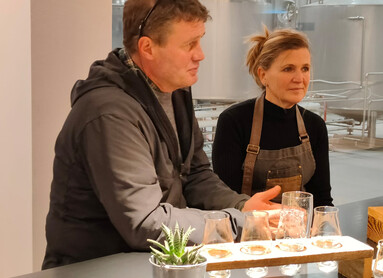
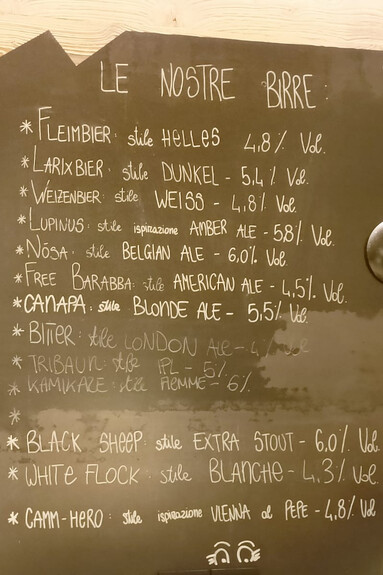
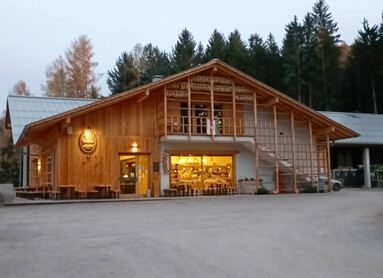
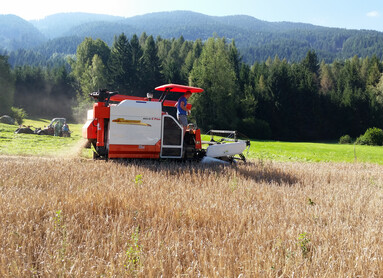
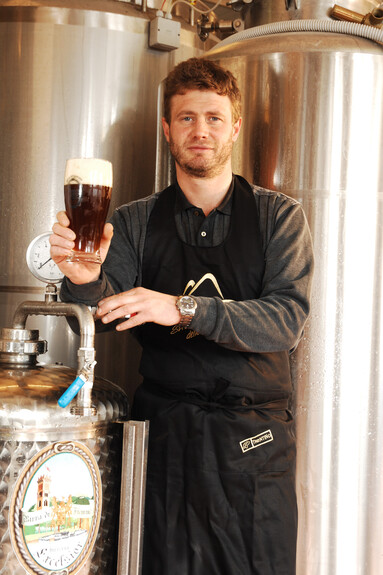
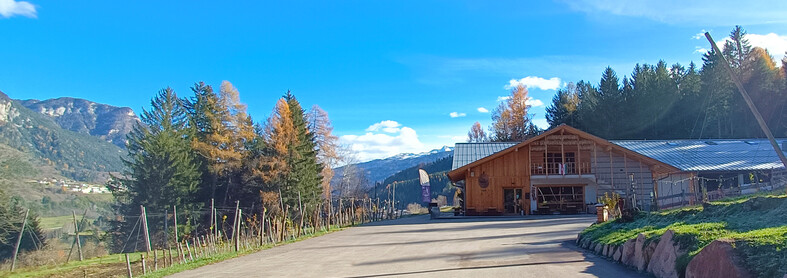
Dream
“My beer is a pleasant thing to drink and share. It’s all about sharing. Beer is made so that we can be together. I make it to serve and share, with my community and then with anyone who wants to know about it. Because my beer is really ours.” It was born out of an ideal of the local area, culture, tradition, community and sharing. “You should not keep your work to yourself. The more you share it, the more you make it a part of the culture.”
“Look, these are Solaris plants, a hardy vine harvested in mid-September like hops. We won’t use it to make wine, but to make IGA – Italian Grape Ale – which is the only style recognised worldwide as Italian style, 30% grape must and 70% beer wort. The result is a special, wine-like beer that is only made in Italy. We’re studying it, and working on it...”
